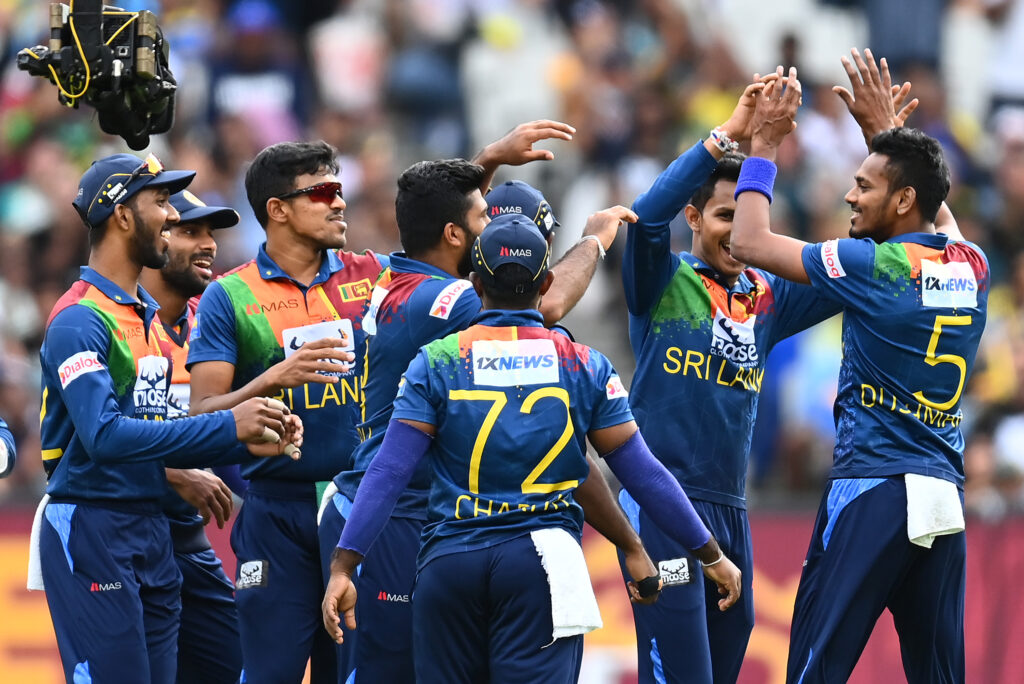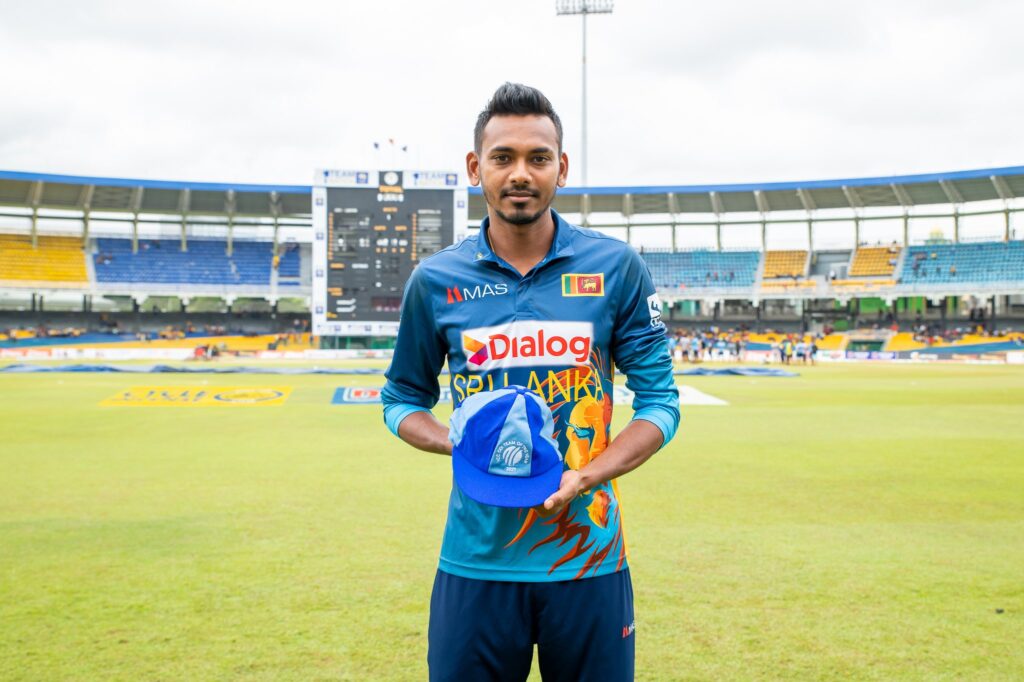
Dilshan Madushanka, Dushmantha Chameera, Binura Fernando, Pramod Madushan – 2022 T20 World Cup
Chameera, Madushanka and Lahiru Kumara – Asia Cup 2023
Madushanka – Bangladesh ODIs this year
The above-mentioned names aren’t just a random list of Sri Lankan players, but they are the ones who suffered injuries during the course of those events. Chameera, who is now 32, and Nuwan Thushara, whose slingy action has some resemblance to the way Lasith Malinga bowled, are the latest ones to be added to the long list of injuries/health issues suffered by Sri Lanka’s pace bowlers. Both of them have been ruled out of the forthcoming T20I rubber against India.
There is something else that is hurting the prospects of Sri Lankan cricket – inconsistent selection. Just take into consideration Madushanka, the left-arm pace bowler. Granted that he had sustained a hamstring problem earlier in the year. But why wasn’t he a part of the playing XI in any of the matches in the just-concluded T20 World Cup? After all, the left-arm pacer has done a decent job in both the shorter formats. He was even the third-highest wicket-taker in the 50-over World Cup.
Shockingly, Madushanka was also left out of the original squad for the three-match series against India, only to regain his place on the back of an injury to Thushara. In limited-overs, he possesses enough variety: The left-arm angle, cutters, and he generates appreciable swing with the new ball.
Here, it has to be observed that Binura, who has made it to the squad, picked up 13 scalps in the Lanka Premier League (LPL). The left-arm paceman is also well-known for extracting some bounce and movement. But Sri Lanka’s revolving-door selection policy isn’t helping either Binura or Madushanka.
And then there is the curious case of Asitha Fernando. With Chameera injured, Asitha has won a place in the T20I set-up. Intriguingly, in the recent past, Asitha has been viewed more as a Test-match bowler, who swings the ball up front. He looks to nail the yorkers in the shortest format, but it has become increasingly difficult to land the toe-crusher in the abridged versions of the game.
It shouldn’t come as a surprise that the right-arm pace bowler has played in 14 Tests compared to just 3 T20Is. In those 3 T20Is, he has scalped two victims at an economy of over 11. Even his performances in the LPL weren’t exactly top-notch: 10 wickets at 34.9.
Amid all the muddled thinking and a spate of injuries, what has happened to Kumara? Just zoom through his T20I record and you will notice that the pace bowler has 33 wickes at an average of under 23. Kumara does bowl with a burst of pace. Although he is not overly tall, Kumara is still one of Sri Lanka’s better options when it comes to hard-length bowling. You might have guessed by now that Kumara too has been laid low by an injury.
Sri Lanka’s injury woes and haphazard selections aren’t just restricted to fast bowling. They extend to other departments and leadership roles. Recently, Wanindu Hasaranga stepped down as the captain of the T20I set-up, with Charith Asalanka taking over the mantle. In fact, Hasaranga himself has had injury problems. Moreover, Sri Lanka have also recalled the experienced Dinesh Chandimal, who has a rather modest strike-rate of 103.6 over 68 T20Is.
Sri Lanka were placed a lowly ninth in the 50-over World Cup in India and couldn’t qualify for the Champions Trophy next year. And that was followed by a rather ordinary showing in the T20 World Cup, where they couldn’t progress to the Super 8s. In such a scenario, Sri Lanka need to back a set of players and bring a sense of stability to the set-up. Unfortunately, the Island nation’s cricket seems to be stuck in some kind of quagmire, with no escape route in sight at the moment.




